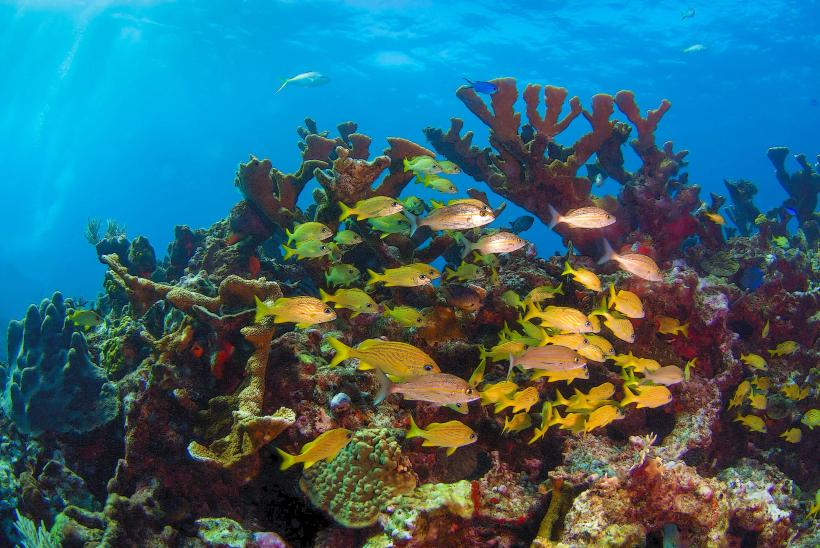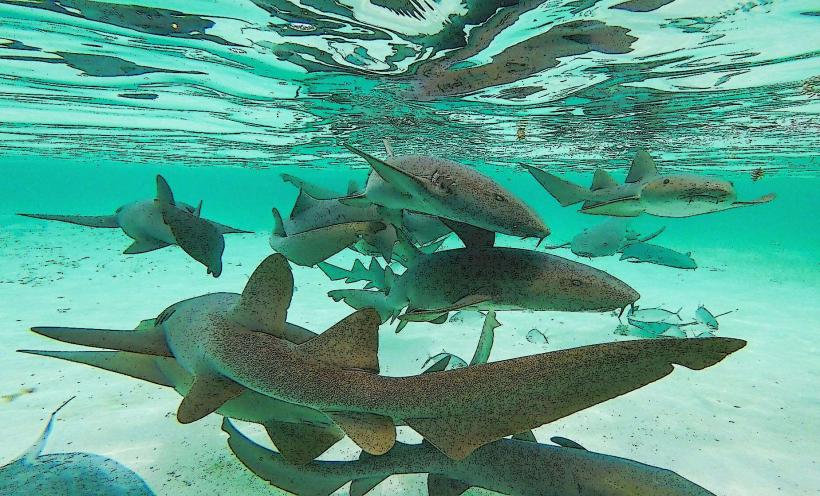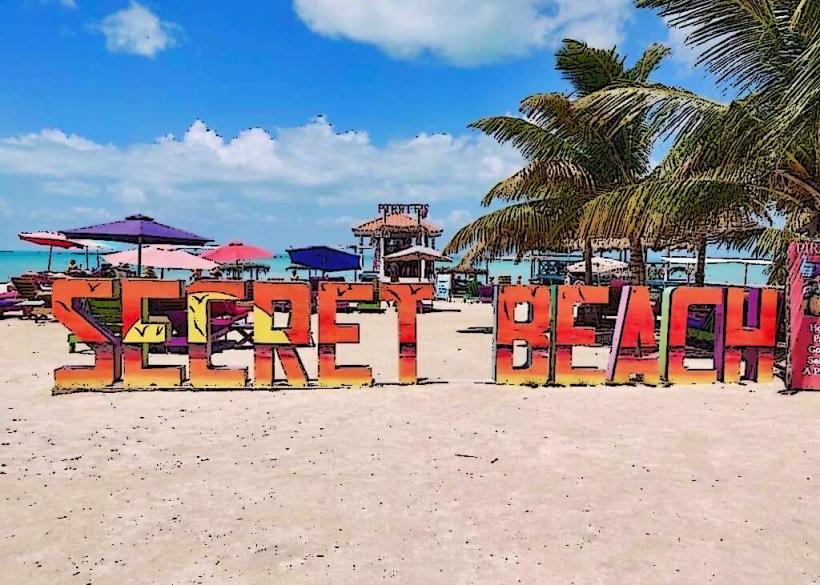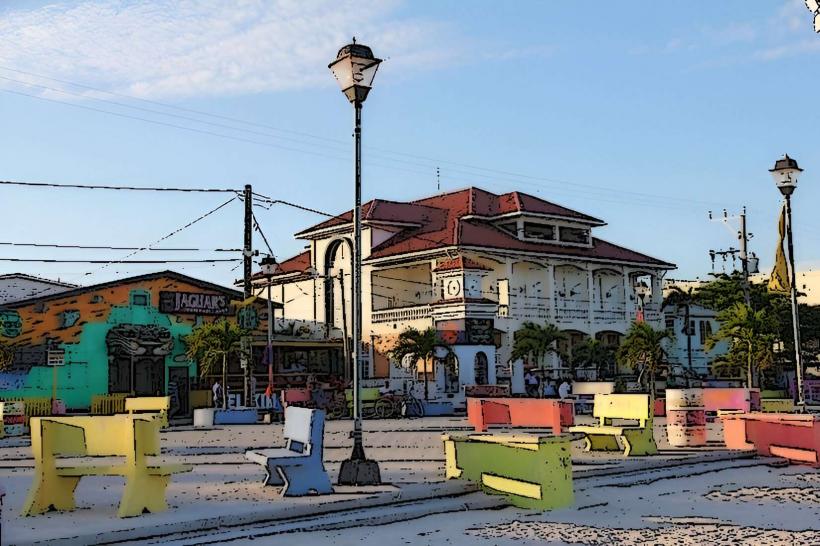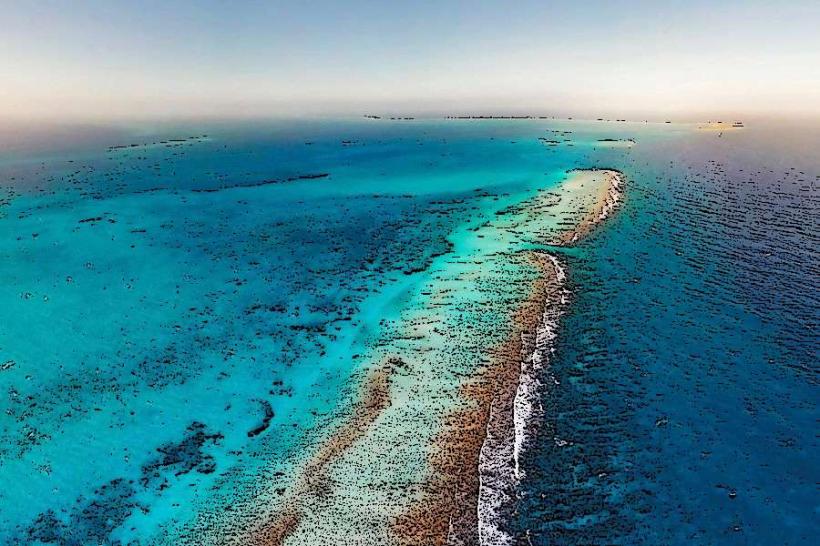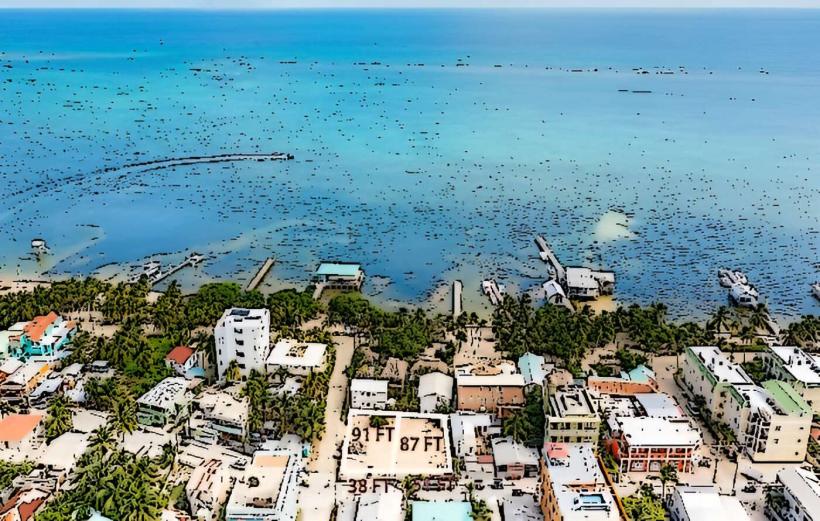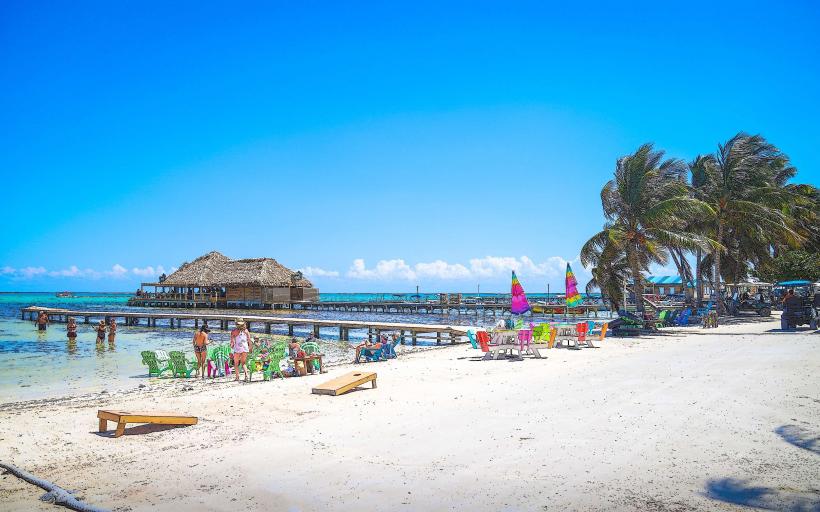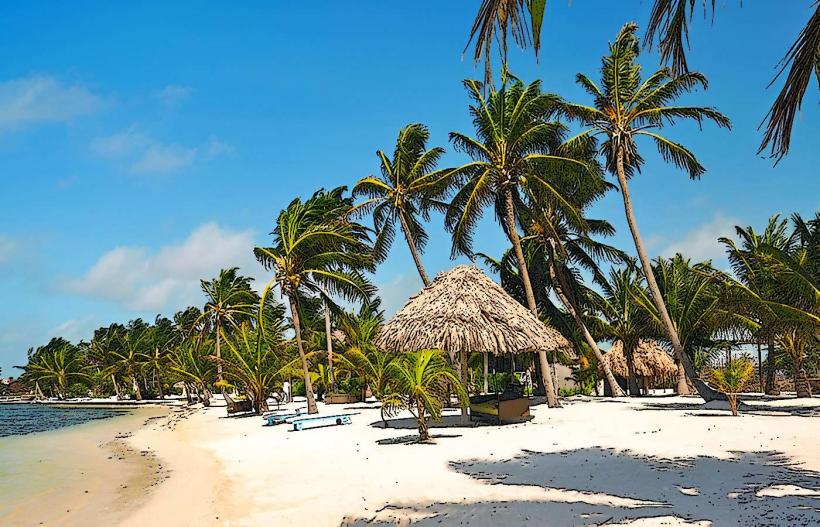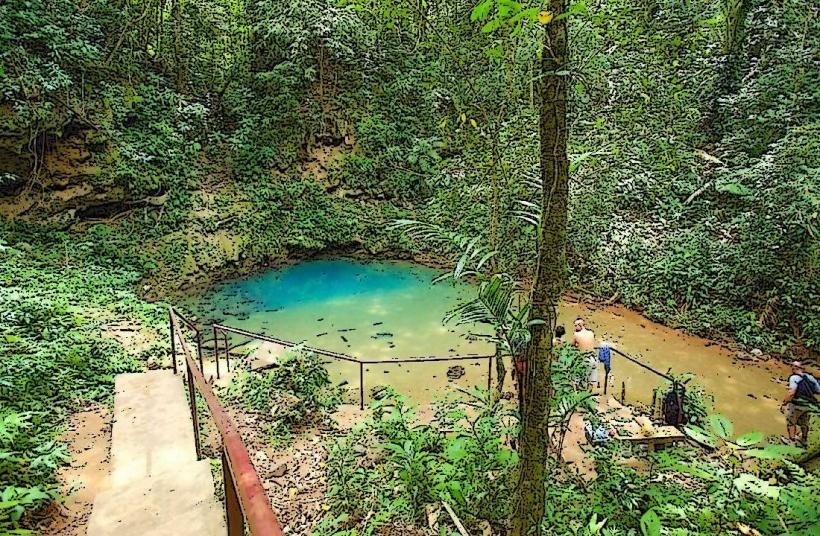Information
Landmark: Belize Barrier ReefCity: San Pedro
Country: Belize
Continent: North America
Belize Barrier Reef
The Belize Barrier Reef, part of the larger Mesoamerican Barrier Reef System, is the second-largest coral reef system in the world after Australia’s Great Barrier Reef. Stretching approximately 190 miles (300 km) along the coast of Belize, it is a UNESCO World Heritage Site renowned for its exceptional biodiversity and breathtaking marine landscapes.
Overview
- Location: Off the eastern coast of Belize, along the Caribbean Sea.
- UNESCO Status: Declared a World Heritage Site in 1996.
- Size: Covers about 960 square kilometers.
- Global Significance: One of the most pristine coral reef systems globally.
Key Features
1. Diverse Marine Life
- Species: Over 500 species of fish, 100 species of coral, and countless invertebrates.
- Iconic Creatures:
- Sea turtles (green, loggerhead, and hawksbill).
- Manatees.
- Whale sharks (seasonal).
- Coral Types: Brain coral, staghorn coral, and elkhorn coral.
2. Unique Ecosystems
- Atolls: Belize hosts three of the Caribbean's four atolls:
- Lighthouse Reef Atoll: Home to the Great Blue Hole.
- Turneffe Atoll: Known for mangroves and diverse marine life.
- Glover’s Reef Atoll: A biodiversity hotspot and marine reserve.
- Seagrass Beds: Essential for species like manatees and juvenile fish.
- Mangroves: Provide coastal protection and serve as nurseries for marine life.
3. Iconic Sites
- Great Blue Hole: A massive underwater sinkhole that is a world-famous diving destination.
- Hol Chan Marine Reserve: A protected area offering snorkeling and diving experiences.
- Shark Ray Alley: Known for encounters with nurse sharks and stingrays.
- Half Moon Caye: A sanctuary for the red-footed booby and other bird species.
Activities
1. Snorkeling
- Accessible reefs near Ambergris Caye and Caye Caulker offer vibrant coral formations and marine species.
2. Scuba Diving
- Popular Dive Sites: Great Blue Hole, Hol Chan Cut, and Turneffe Atoll.
- Night Diving: Reveals nocturnal creatures like octopuses and lobsters.
3. Sailing and Kayaking
- Explore the reef’s islands and cayes while enjoying stunning views.
4. Fishing
- Fly Fishing: Bonefish, permit, and tarpon are common.
- Deep-Sea Fishing: Sailfish, marlin, and mahi-mahi.
5. Wildlife Observation
- Birdwatching at cayes like Half Moon Caye.
- Manatee sightings in seagrass beds near coastal areas.
Conservation Efforts
- Marine Reserves: Approximately 40% of the reef is protected within reserves like Hol Chan and Bacalar Chico.
- Sustainable Tourism: Strict regulations aim to minimize environmental impact.
- Reef Health: Efforts focus on combating threats like coral bleaching, overfishing, and climate change.
Best Time to Visit
- Dry Season (December to May): Ideal for clear waters and calm seas.
- Whale Shark Season: Around the full moons of March to June near Gladden Spit.
Getting There
- Access Points: Ambergris Caye, Caye Caulker, Placencia, and Hopkins are popular bases.
- Transportation: Tours typically depart by boat to various parts of the reef.
Tips for Visiting
- Use Reef-Safe Sunscreen: Protect coral ecosystems from harmful chemicals.
- Follow Guidelines: Avoid touching corals or disturbing wildlife.
- Book Eco-Friendly Tours: Support operators who prioritize sustainability.
Nearby Attractions
- Ambergris Caye and Caye Caulker: Islands offering easy access to the reef and vibrant local culture.
- Maya Ruins: Combine your reef adventure with visits to sites like Xunantunich or Altun Ha.
- Placencia Peninsula: A base for exploring southern parts of the reef.
Conclusion
The Belize Barrier Reef is a treasure trove of natural beauty and marine biodiversity, offering unparalleled experiences for snorkelers, divers, and nature lovers. Its vibrant underwater world and commitment to conservation make it a must-visit destination for anyone traveling to Belize.


